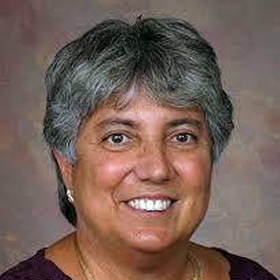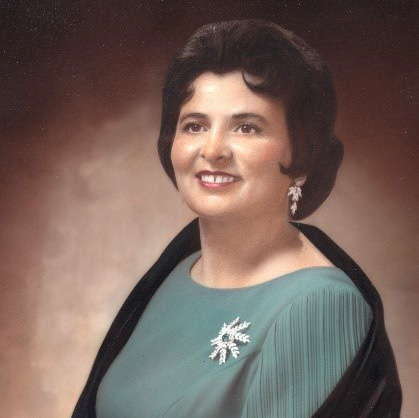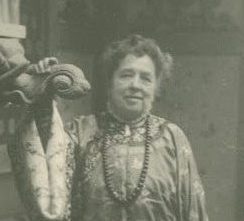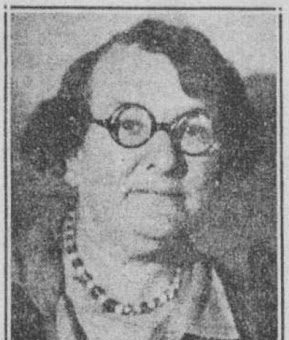Pioneering modernist architect Suzanne Marjorie Stockard Underwood (1917-2001) was one of the first women to graduate from the Graduate School of Design at Harvard University. In 1943, her concepts for a house with prefabricated units were illustrated in the architectural periodical New Pencil Points. Her signature home on which she collaborated with her husband in Nonquitt was described in Architectural Forum (June 1951) as “modern colonial,” blending with its surroundings through the use of wood shingles and fieldstone in a regional variant of modernism.
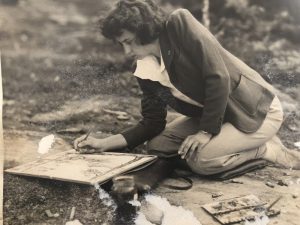
Citation: “[Suzanne Drawing],” c. 20th Century, Photograph, Courtesy of Joan Underwood
The engagement of Stockard Underwood in architecture emerged early on, evidenced by the drawings of the International Style buildings and interiors she completed as an art student under the direction of Edwin Avery Park at Bennington College in Vermont. She also interned in January 1936 in the Detroit architecture office of J. Robert F. Swanson, to whom her father, Joel Stockard, a stockbroker, introduced her, even though he apparently was concerned that her higher education could dampen domestic happiness. Soon after, however, she came to the conclusion, “Architecture is more difficult and more fun than I imagined.”
Stockard Underwood considered applying to the Cranbrook Academy of Art in Bloomfield Hills, Michigan after college graduation in 1938, perhaps because it was not far from where she was raised. Instead she found a job making models in the New York City architecture office of Ides Van der Gracht and Walter Kilham Jr. Encouraged by the latter, in 1941 she entered the Cambridge School of Architecture and Landscape Architecture (1916-42) in Massachusetts, devoted solely to the professional training of women. Her academic record was so outstanding that she surpassed her peers by obtaining a bachelor’s degree after only a year. While the house she designed for her parents at that time in Tyron, North Carolina honored traditional details, the project on which she collaborated with two other students for a modern housing development at Fresh Pond in nearby Belmont is a testament to her modern sensibility. Situated for privacy and access to adjacent green spaces, the structures exhibit such modern features as slanted cantilevered roofs, upper level terraces, thin lally columns, and non-supporting walls punctuated by horizontal corner windows.
Upon entering the Graduate School of Design in September 1942, Stockard Underwood studied under Walter Gropius. The concepts she created for a house of prefabricated units – devised by Gropius and Konrad Wachsman for General Panel Corporation – were illustrated in the architectural periodical New Pencil Points (December 1943). She was also presented with the opportunity to work in the office of Walter Francis Bogner, a professor at both Harvard and the Cambridge School, where she was “very excited” to be put in charge of working drawings for an addition to an industrial plant. These experiences amply prepared her to work with other notable modern architects in the 1940s – Albert “Carl” Koch Jr., with whom she was on a team of six to enter the competition for the Jefferson Memorial National Expansion Memorial in St. Louis, and Marcel Breuer for whom she designed houses.
Following a brief courtship, during the summer school jointly organized by the Cambridge School and Harvard, she married William Julian Underwood in September 1942. He was a fellow modernist who, as she informed her parents, preferred “the simple life” of plain white plates and big deep bowls instead of flowered china or fancy table linens. Together, they interfaced at Harvard with a coterie of trailblazers, including Philip Johnson, an usher at their wedding, whose Ash Street house in Cambridge was reputedly a paradise for architects on Friday afternoons.
Though Underwood would not graduate with his bachelor’s degree in architecture until 1948 because of extensive wartime absences, the couple’s ongoing correspondence reveals that their affinity for one another was founded on their shared commitment to modern architecture. While he considered himself an utter functionalist, she was more willing to compromise, for instance, by employing traditional stonework on exterior residences so that people would stop saying, “But I have never seen a modern house I liked.” As they exchanged drawings and critiques in their letters, their positions melded together: the bathhouses they designed for their favorite summer retreat in Nonquitt, Massachusetts transitioned from structures on pilotis (columns or piers) with prefabricated parts that could be dismounted each winter, to concrete block, flat roofs, and skylights, features that distinguished the bathhouses as modern. These features contrast particularly to the vernacular shingle style examples built along the New England shore from the last quarter of the nineteenth century onward.
It was their small house in Nonquitt which the couple collaborated on most closely and where their working methods are best documented. Their back-and-forth exchange of alternative sketches and ideas, including a version with a circular plan and glass walls, resulted in an H-planned house raised on pilotis ten feet off the ground capitalizing on the view of Buzzards Bay – the concept developed earlier by Stockard Underwood for the Gropius problem which appeared in Pencil Points. Though the house also featured expanses of plate glass and shallow-pitched roofs, it is described as “modern colonial” in Architectural Forum (June 1951), signaling the blending of the house with its surroundings through the use of wood shingles as cladding and fieldstone for foundations and a massive chimney. These elements corresponded to a regional variant of modernism promoted by Gropius and Breuer.
While the pairing of the Underwoods did indeed produce some architectural innovations, the “dream” of Stockard Underwood – that together they would “make a couple of good architects” – to a certain extent remained unfulfilled since they never established a formal partnership as some other architect couples did in the period. He eventually partnered in a New Bedford firm; she designed houses, or sometimes just kitchens, from her home studio, where she could also oversee their four children.
A desire for professional independence may well have diverted Stockard Underwood to landscape design. This was a logical transition given that a fundamental tenet of the Cambridge School curriculum was an insistence on the dual consideration of architecture and landscape architecture, an integration then lacking at most schools. It is likely that she began with a planting program for her own house when in the 1950s it was winterized and expanded. After completing a course at Harvard’s Arnold Arboretum, Stockard Underwood was especially keen on the propagation of woody plants, conifers, and broad-leafed evergreens. (Images of “South Dartmouth – the Underwood Garden” are in the Archives of American Garden at the Smithsonian Institution in Washington D.C.).
Stockard Underwood never abandoned her passion for modern architecture. In 1964 when her husband took on two new jobs that he planned to design at home, a ski lodge and a large house, the two rekindled their architecture collaboration. She wrote her parents, somewhat tentatively, “Jules is letting me do the drafting – so you might say that we are sort of opening a home office.” Other projects followed, judging by extant drawings. While her husband may have benefited from the greater opportunities afforded him as a man, the documentary evidence confirms that the professional ambition of Stockard Underwood was equally charged by her commitment to modern architecture.
Mary Anne Hunting, PhD
Kevin D. Murphy, PhD
!["[Suzanne Marjorie Stockard Underwood]," c. 20th Century, Photograph, Bennington College Archive Photograph of Suzanne Marjorie Stockard Underwood - a young woman with short black hair, wearing dark clothing and folding her arms](https://historicwomensouthcoast.org/wp-content/uploads/2020/05/Suzanne-MS-Underwood_280x280.jpg)

